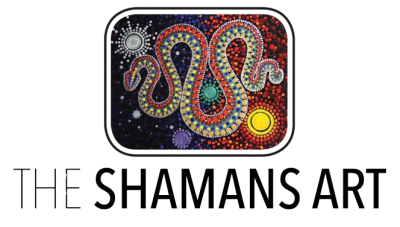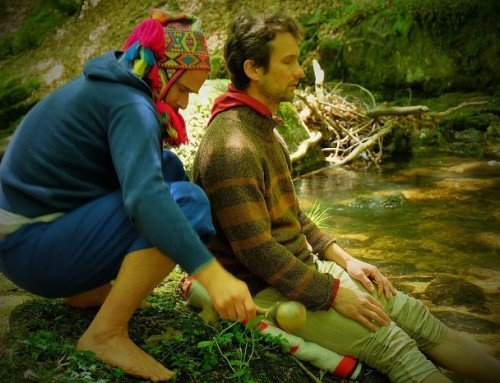Shamanism is the oldest spiritual practice in the world, part of the integral fabric of our ancestral hunter-gatherer societies, predating all religions but of increasing relevance and importance today. Fundamentally, the term describes a spiritual framework which the initiated may enter through trance, or an altered state of consciousness, and access other worlds.
The actual word Shaman (Saman) comes from the Manchu-Tungus region of Siberia and means ‘one who knows’ or ‘sees’. Over the years Shamanism has become an umbrella term for many ancient healing practices from around the globe. Indigenous peoples as far apart as Siberia, Africa, Alaska, and the Americas still practise the same basic techniques, and would recognize those of shamanic communities on the other side of the world, although the term differs from culture to culture. We must also remember that shamanic beliefs were originally handed down from generation to generation, and any ‘rules’ were not written but inherited. This means that current practitioners sometimes disagree about the extent to which we can find the ‘truth’ in our practices. For example, here at The Shaman’s Art, we draw on the wisdom of plants; others might disagree with this as being more closely connected with animism but we celebrate the diversity that the umbrella term offers us.
In Europe, we find potential connections to shamanic practices in examples of Cave paintings of animals and magical beings, dating back over 40,000 years. In the UK, today, as in other parts of the world, many practitioners link their healing roles to the reclamation, protection and nourishing of our lands in the face of climate change and ecocide.



